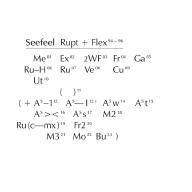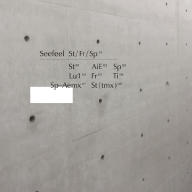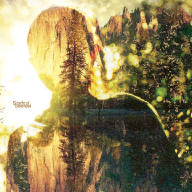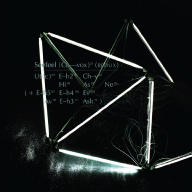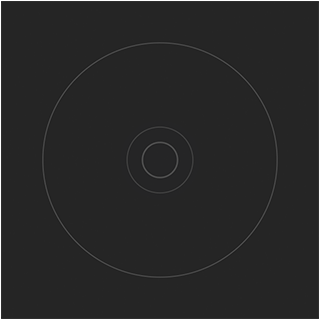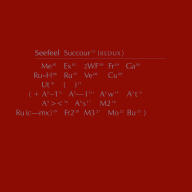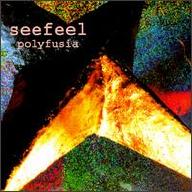Guitarist Mark Clifford and drummer Justin Fletcher met up at a London college, and by 1992 the duo had recruited vocalist Sarah Peacock and bassist Darren Seymour. Seefeel began auditioning songs and was ready to record their first single for the Too Pure label, but experienced a change of heart that caused the resulting EP More Like Space to owe more of a debt to Aphex Twin than alternative rock. The band then recorded the Pure, Impure EP, which increased the distance from most rock acts, and acknowledged the gap with the addition of two Aphex Twin remixes.
In 1993, Seefeel released their debut album Quique, an even colder document of ambient indie techno than the previous EPs had predicted. The album was hailed -- mostly in rock circles -- as a techno album which indie kids could listen to, and it received an American release that same year on the dance label Astralwerks. During 1994, Astralwerks compiled the two early EPs as Polyfusia, and Seefeel made the leap from rock to techno via a contract with the British electronic label Warp. The group played with techno acts Autechre and µ-Ziq, and released the Starethrough EP -- their most electronic work yet -- later that year. The subsequent second album, 1995's Succour, continued to advance a comparatively skeletal and sometimes brittle sound.
Seefeel's impending break was signaled by 1996, when Disjecta became Mark Clifford's main occupation with a style more oriented to audiences of farther-afield experimental music. Peacock, Fletcher, and Seymour in turn joined Mark Van Hoen (aka Locust) for an EP and album of indie/trip-hop recorded as Scala. Though Seefeel returned on Aphex Twin's Rephlex label in late 1996 with their third proper LP, (Ch-Vox), the group took an open-ended hiatus after its release. Peacock and Seymour continued to record as Scala, while Clifford recorded an EP for Warp as Woodenspoon and later surfaced as Sneakster.
In 2010, almost fifteen years after their last new recording, Seefeel reunited to play at Warp's 20th-anniversary celebration, and a new lineup coalesced around Clifford and Peacock plus bassist/DJ Shigeru Ishihara and drummer Iida Kazuhisa aka EDA (the latter from the Boredoms). Continuing with Warp, they issued an EP entitled Faults later that year, and in early 2011 released the studio album Seefeel. Their one session for John Peel's BBC program, recorded in 1994, was given a full commercial release in 2019; titled Peel Session, it was available on its own and as part of Warp's WXAXRXP boxed set. Two years later, Seefeel's '90s Warp and Rephlex recordings were anthologized as Rupt and Flex (1994-96). ~ John Bush & Andy Kellman, Rovi


